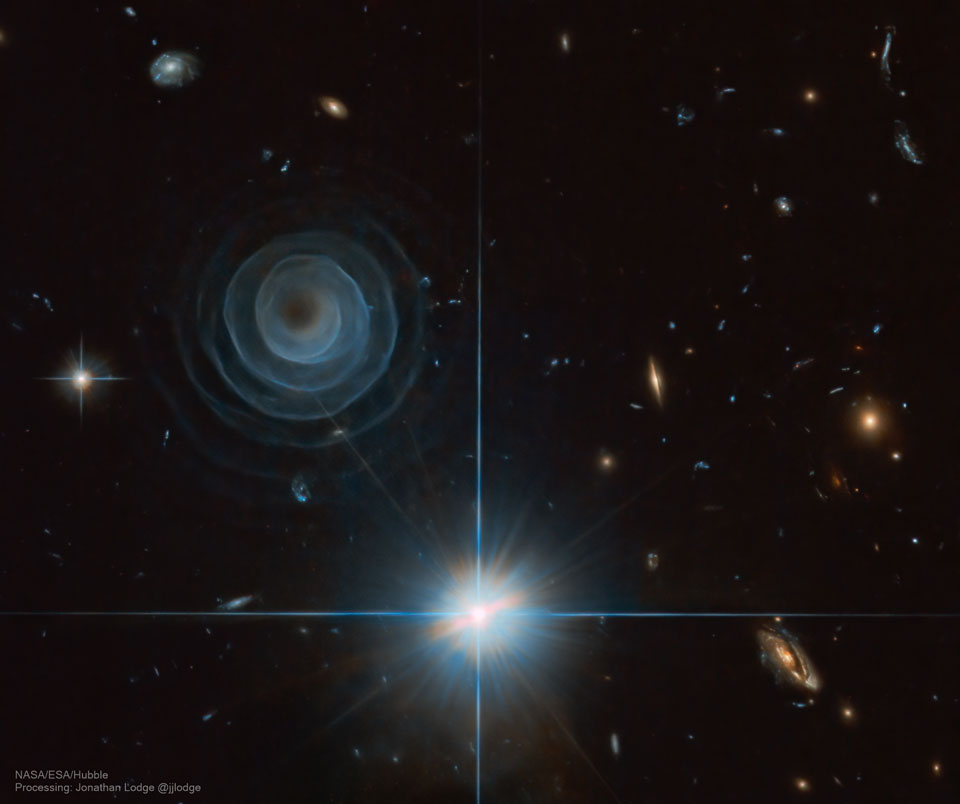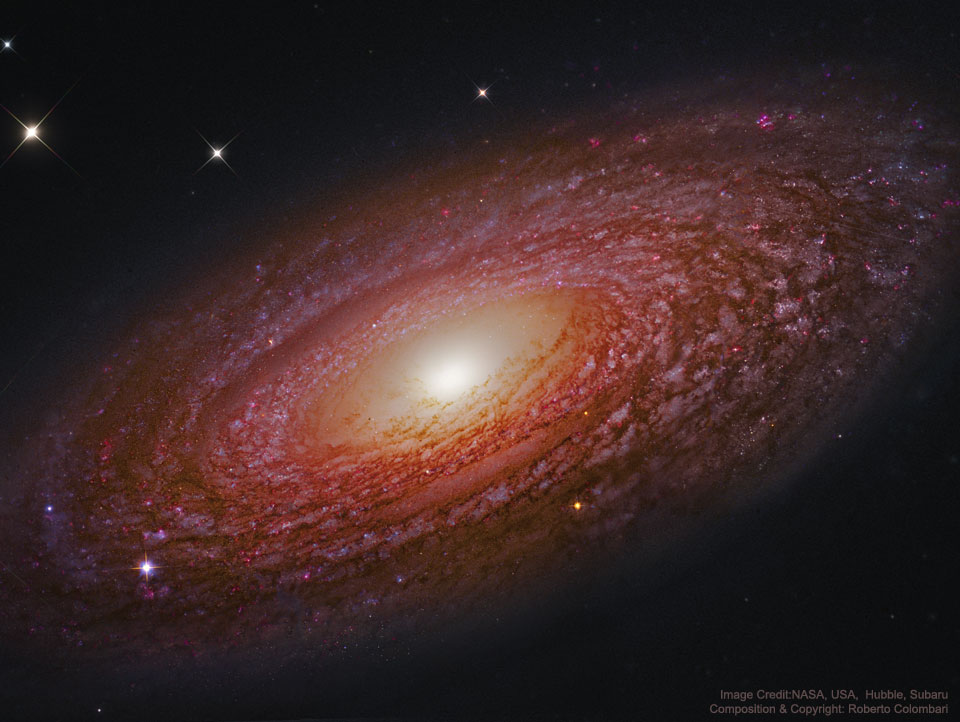恒星吞噬行星
2023年6月6日 Star Eats Planet Illustrative Video Credit: K. Miller & R. Hurt (Caltech, IPAC) Explanation: It’s the end of a world as we know it. Specifically, the Sun-like star ZTF SLRN-2020 was seen eating one of its own planets. Although many a planet eventually dies by spiraling into their cent […]




